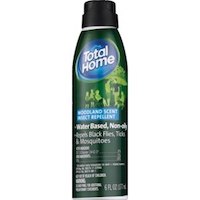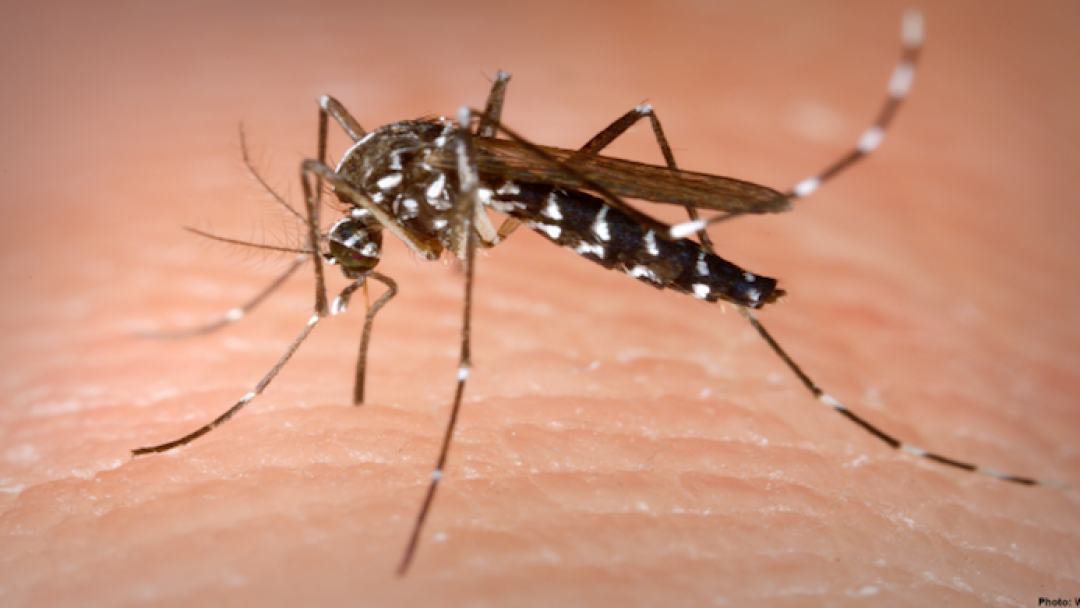Temperatures are warming up, school is ending, summer is almost here. With warmer weather and days lengthening, it means you are probably making plans for time spent outdoors like camping, hiking, or even just hanging out in your backyard, reconnecting with friends. Protecting against the many diseases spread by ticks and mosquitoes is an important precaution.
The number of bug-borne diseases is increasing all across the country. according to the Centers for Disease Control and Prevention. And it’s not just the ones you may have heard of, like West Nile virus, Lyme disease, and Rocky Mountain spotted fever. New ones are sprouting up. At least nine new mosquito- and tick-borne diseases have been reported for the first time in the U.S. since 2004. It is really important to protect yourself against them.
In a recent study, the CDC estimated that 476,000 cases of Lyme disease occurred in the U.S. each year between 2010 and 2018—a significant increase from the agency’s estimates of 329,000 annual cases in 2005–2010. In addition, there is always the possibility that previously obscure diseases, like Zika, could re-emerge as widespread threats.
The good news is that there are many options when it comes to protecting yourself and your family against the pests. A key component of personal protection is insect repellents. There are a lot of insect repellents to choose from, such as sprays, lotions, and even wipes that contain a range of active ingredients fend off bugs. But not all products are equally effective.
Consumer Reports’ recently tested insect repellents and released their ratings. This year, they tested 45 repellents, and recommended 23. See full report here.
In the testing, CR testers applied a standard dose of repellent to test subjects’ skin. After 30 minutes, the panelists stuck their arms into cages filled with 200 disease-free mosquitoes.
Their testing proved that no matter the brand or what kind of repellent was used, products made with 15% to 30% percent DEET worked the best. CR tests also show that products that are effective against mosquitoes are also effective against ticks.
The top two insect repellent’s recommended by Consumer Reports finding were Total Home (CVS) Woodland Scent Insect Repellent and 3M Ultrathon Insect Repellent8.
3M Ultrathon Insect Repellent8
Total Home (CVS) Woodland Scent Insect Repellent

The Environmental Protection Agency says that DEET has been thoroughly tested and is safe when properly used. Always be sure to wash your hands after applying repellent and wash off after returning indoors.
CR tests also show that products that are effective against mosquitoes are also effective against ticks.
How to Apply Insect Repellent Properly
No matter which repellent you choose, it has to be used properly to be effective. Apply a thin coating on all exposed skin. You can also spray on top of your clothes, but don’t apply under them.
For best results, follow the directions on the label and these five tips:
- Apply a thin coat to all exposed skin, but avoid eyes and mouth, and use sparingly around your ears. You can also spray repellent on top of your clothing, but do not apply under clothing.
- Adults should dispense repellent on their hands to apply to children. Don’t spray repellent onto kids or apply to their hands to avoid it getting into their eyes or mouth, and avoid applying to cuts or irritated skin. (Insect repellents with deet should not be used on children younger than 2 months.)
- Frequent reapplication isn’t necessary. Wash hands after applying and wash off repellent at the end of the day.
- Never spray directly onto the face. Spray on palms, then apply to the face.
- When using towelettes, be sure to use enough of them to cover all exposed skin with repellent.









